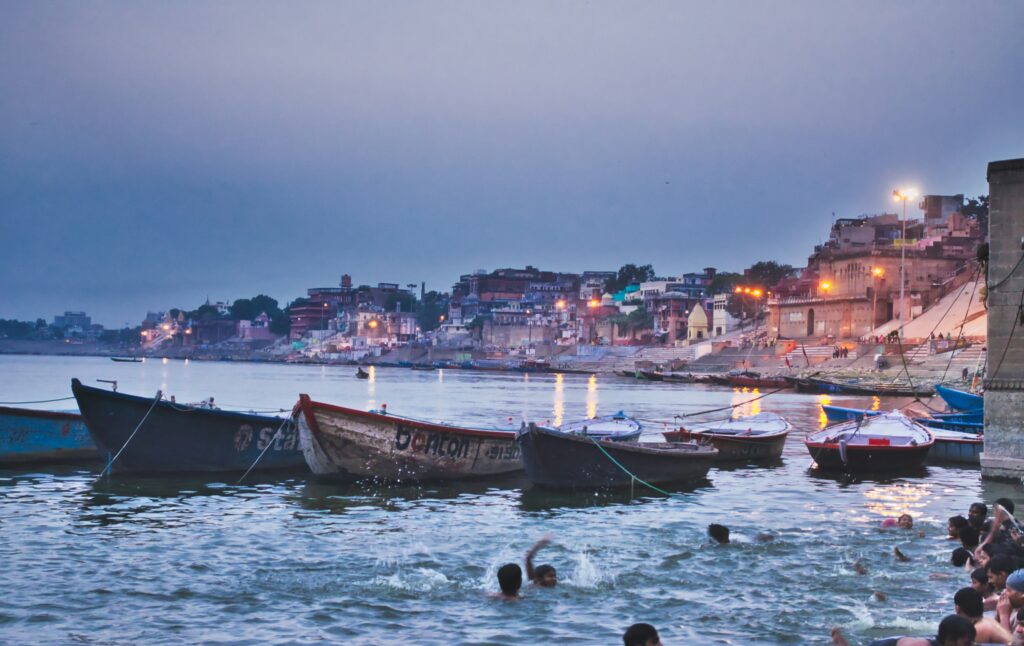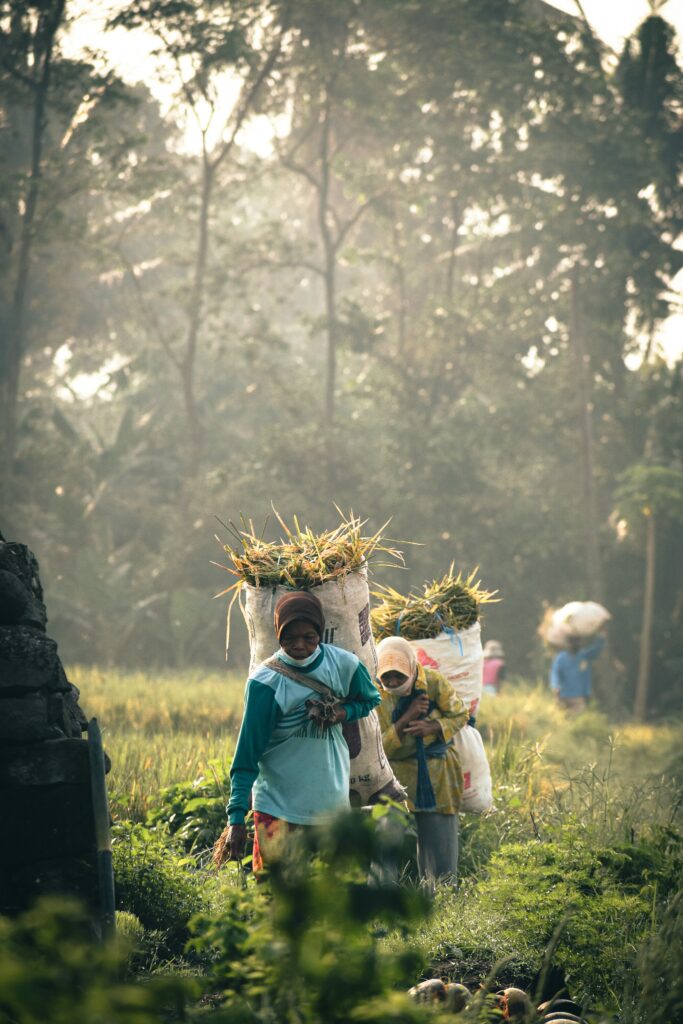The Ganges River, revered as a sacred lifeline in India, faces severe pollution challenges due to rapid urbanization, industrialization, and population growth. In response, the Government of India launched the Namami Gange Programme in 2014—a comprehensive initiative aimed at cleaning, conserving, and rejuvenating the river. With a substantial budget and a multi-faceted approach, this programme seeks to restore the Ganges to its pristine glory.

Objectives of the Namami Gange Programme:
The primary objectives of the Namami Gange Programme are:
- Pollution Abatement: Intercepting, diverting, and treating sewage from towns and cities along the river to reduce pollution.
- Ecosystem Conservation: Restoring the river’s ecosystem, including its biodiversity, through afforestation and wetland management.
- Water Quality Improvement: Implementing interventions like sewage treatment plants and river surface cleaning to enhance water quality.
- Sustainable Livelihoods: Promoting sustainable agricultural practices and alternative livelihoods for communities along the river.
- Public Engagement: Raising awareness and involving local communities in conservation efforts.
- Institutional Strengthening: Enhancing governance mechanisms for effective implementation and monitoring.
Key Components of the Programme
The Namami Gange Programme is structured around several key components:
1. Sewage Treatment Infrastructure
Establishing and upgrading sewage treatment plants to prevent untreated sewage from entering the river. This includes the construction of new facilities and the modernization of existing ones.
2. River-Front Development
Developing and renovating ghats and crematoria along the river to promote cleanliness and facilitate cultural activities. This also includes the construction of new ghats and the modernization of existing ones.
3. River Surface Cleaning
Deploying resources to remove floating solid waste from the river’s surface, ensuring a cleaner and healthier river environment.
4. Biodiversity Conservation
Implementing initiatives to preserve and restore the river’s natural biodiversity, including the protection of endangered species and the restoration of habitats.
5. Afforestation
Carrying out forestry interventions to increase green cover along the river, which helps in soil conservation, water retention, and overall ecosystem health.
6. Public Awareness
Conducting campaigns to educate and involve the public in conservation efforts, fostering a sense of responsibility towards the river.
7. Industrial Effluent Monitoring
Regularly monitoring and regulating industrial discharges to prevent pollution and ensure compliance with environmental standards.
8. Ganga Gram
Developing model villages along the river to showcase sustainable living practices and promote community participation in conservation efforts.
Achievements and Progress
Since its inception, the Namami Gange Programme has made significant strides:
- Sewage Treatment Capacity: Over 90 sewage treatment projects have been completed, with several more under implementation, significantly enhancing the sewage treatment capacity along the river.
- River-Front Development: Numerous ghats and crematoria have been renovated and developed, improving public access and cleanliness.
- Surface Cleaning: Initiatives to remove floating waste from the river have been successfully implemented in several locations.
- Afforestation: Large-scale afforestation projects have been undertaken to increase green cover and improve the river’s ecosystem.
- Public Engagement: Extensive public awareness campaigns have been conducted, leading to increased community participation in conservation efforts.
Despite these achievements, challenges remain, including the need for continuous monitoring, infrastructure maintenance, and community engagement to ensure the long-term success of the programme.
Future Directions
The Namami Gange Programme continues to evolve, with plans for:
- Expansion of Sewage Treatment Infrastructure: Further development of sewage treatment facilities to handle the growing urban population and industrial activities.
- Enhanced River-Front Development: Continued renovation and development of ghats and crematoria to improve public facilities and cleanliness.
- Strengthened Biodiversity Conservation: Increased efforts to protect and restore the river’s biodiversity through targeted conservation initiatives.
- Community-Led Conservation: Empowering local communities to take active roles in conservation efforts, ensuring sustainable outcomes.
- Technological Integration: Utilizing advanced technologies for monitoring, data collection, and management to enhance the efficiency and effectiveness of the programme.
Conclusion
The Namami Gange Programme represents a monumental effort by the Government of India to restore the Ganges River to its former glory. Through comprehensive planning, community involvement, and sustained efforts, the programme aims to overcome the challenges facing the river and ensure its preservation for future generations. While significant progress has been made, continued commitment and collaboration are essential to achieving the programme’s objectives.
Official Link:
For more information on the Namami Gange Programme, visit the official website of the Ministry of Jal Shakti: https://nmcg.nic.in/NamamiGanga.aspx
Related Schemes: SUJALAM; Rastriya Gokul Mission; & Other Schemes


